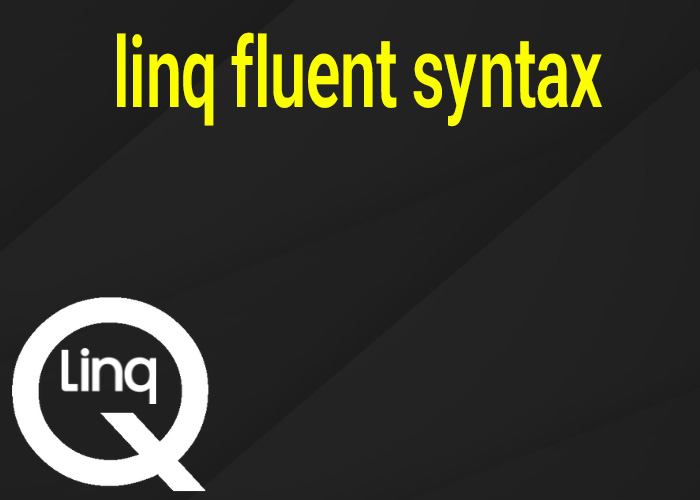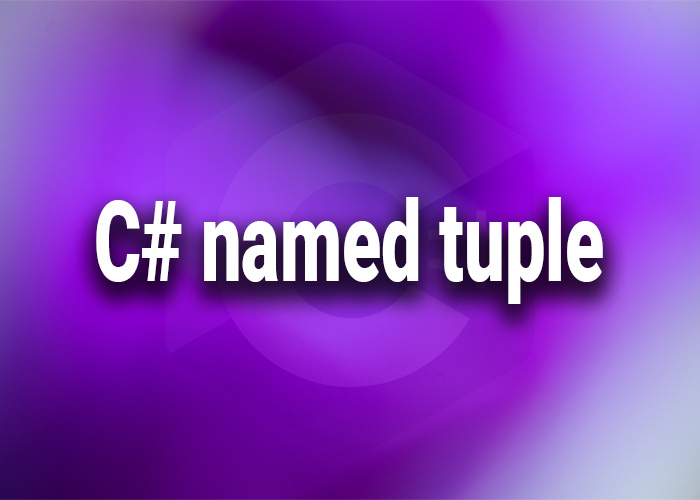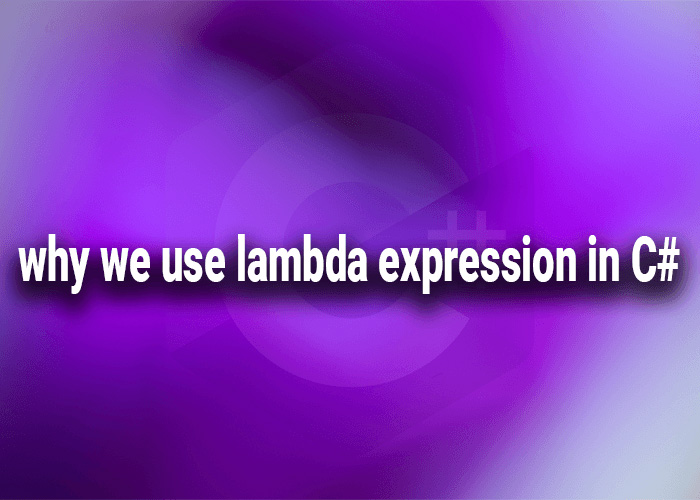Understanding Fluent Syntax in LINQ for Effective Data Querying in C#
LINQ (Language Integrated Query) offers a powerful suite of features that allow developers to query and manipulate data collections in C#. One of the most potent aspects of LINQ is its fluent syntax, also known as method syntax or method chaining. This approach not only enhances code readability but also efficiency. In this article, we'll dive into the fluent syntax of LINQ, its advantages, and how to use it effectively with practical examples.
What is LINQ Fluent Syntax?
Fluent syntax in LINQ refers to chaining multiple method calls into a single expression. Each method call often modifies the result of the previous one, creating a pipeline of operations that is easy to read and understand. This syntax is a part of method-based querying in LINQ, leveraging extension methods provided by the System.Linq namespace.
Advantages of Fluent Syntax
- Readability: Chaining calls in a fluent manner makes the code more readable and natural, especially for those familiar with SQL or functional programming languages.
- Maintainability: Modifications are generally easier to manage as each operation is clearly defined in the sequence.
- Flexibility: It's straightforward to add or remove operations without disrupting the overall flow of data transformations.
Example: Using Fluent Syntax in LINQ
Let's consider a practical example where we have a collection of Person objects and we need to filter, sort, and transform this data.
using System;
using System.Collections.Generic;
using System.Linq;
public class Person
{
public string Name { get; set; }
public int Age { get; set; }
}
public class Program
{
public static void Main()
{
List<Person> people = new List<Person>
{
new Person { Name = "Alice", Age = 25 },
new Person { Name = "Bob", Age = 30 },
new Person { Name = "Charlie", Age = 35 }
};
var sortedYoungPeople = people.Where(p => p.Age < 35)
.OrderBy(p => p.Age)
.Select(p => p.Name);
foreach (var name in sortedYoungPeople)
{
Console.WriteLine(name); // Output: Alice, Bob
}
}
}
Key LINQ Methods Used in Fluent Syntax
- Where: Filters a sequence based on a predicate.
- OrderBy/OrderByDescending: Sorts the elements of a sequence in ascending or descending order.
- Select: Projects each element of a sequence into a new form.
- GroupBy: Groups the elements of a sequence.
- Join: Correlates the elements of two sequences based on matching keys.
Tips for Using Fluent Syntax
- Start simple: Begin with basic operations and gradually add complexity.
- Debugging: Consider breaking the chain into separate variables if you encounter issues, as this can simplify debugging.
- Performance considerations: Be mindful of performance when working with large datasets, as each operation in the chain is processed in sequence.
Conclusion
Fluent syntax in LINQ transforms the way you handle data in C#. By mastering this syntax, you can write more expressive and concise code, reducing the complexity of data manipulation tasks. The ability to chain methods in a logical sequence not only makes the code easier to understand but also more enjoyable to write. Whether you're filtering a list or processing complex data structures, fluent syntax is an invaluable tool in your C# programming arsenal.





